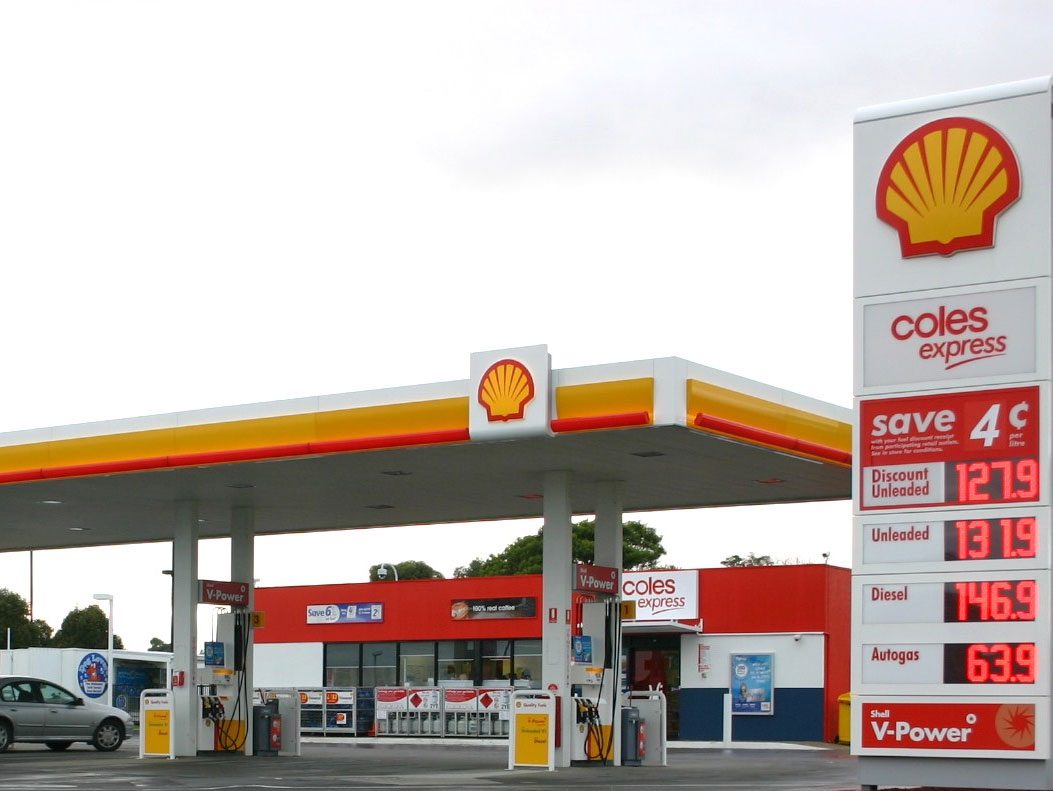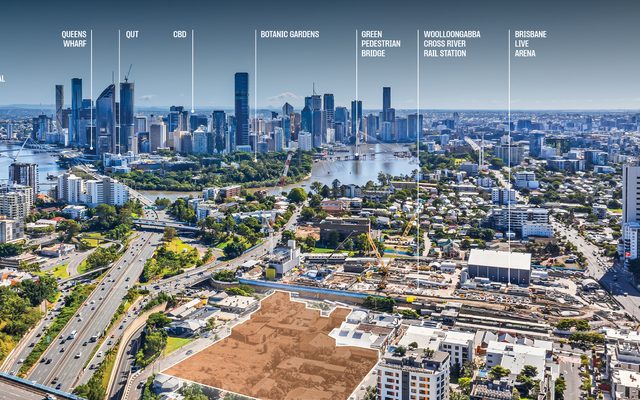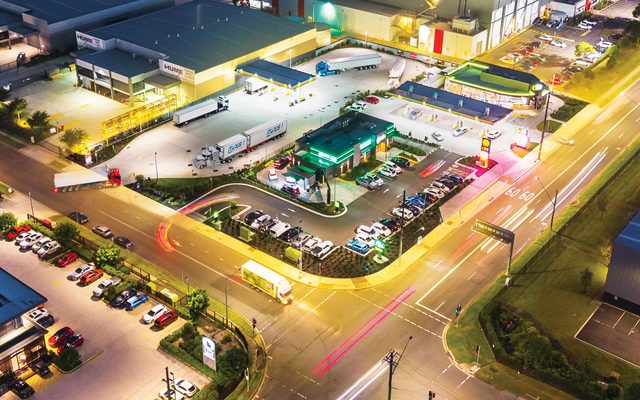This article is from the Australian Property Journal archive
THE service station investment surge is about to hit Sydney’s south-west and north-west corridors as new sites are rolled throughout New South Wales amidst massive buyer demand.
Service station sales in NSW totalled $175.5 million last year, according Knight Frank’s NSW Service Stations Insight report, 48% above 2015 levels. Development of new-to-industry (NTI) sites grows, with 38 established over the past two years.
New South Wales is the biggest service station market in Australia, in line with population figures, at 30%. Victoria and Queensland follow with 22%.
Knight Frank director, service stations Jason March the asset class is no longer just for mum and dad investors.
“They have evolved and have a diverse range of buyers now seeking to add service stations to their investment portfolios and superannuation funds,” March said.
“The appeal to investors in recent years has been underpinned by long-term lease covenants, with fuel companies providing stable income with relatively low costs associated with these assets.
“The demand for service stations will remain high, as competition in the sector continues to grow and investment yields remain attractive to developers and investors alike,” he added.
Demand levels are expected to temper downward pressure on yields.
“With the housing market becoming increasingly competitive, driven by a surge in price growth across the south eastern capital cities of Sydney and Melbourne, there is likely to be further spill over demand from private investors and self-managed super funds in this sector.
“The divergence between assets with high road exposure and anchored by a national tenant will remain, with sharp yield contraction expected for blue chip assets,” he continued.
March said that following an extended period of consolidation in the sector through industry amalgamation and the rationalisation of sites, an increase in the number of service stations in NSW is expected over the next five years, underpinned by a solid pipeline of potential new-to-industry (NTI) sites.
“A lack of available sites at infill locations for development coupled with inner- and middle-ring locations being well serviced by existing operators means the next wave of NTI sites in Sydney will follow population growth in the growth corridors of the south-west and north-west,” March said.
He added that the entry of supermarket brands raised the stakes in a market dominated by the likes of Shell, BP, Mobil and Caltex, ultimately increasing competition and altering the traditional model of what consumers are being provided.
Coles and other independent operators are forecast to increase their presence in the sector over the next five year, as major oil companies scale down retail operations.
In the interim, BP’s $1.8 billion acquisition of Woolworths’ service station business will take effect, and operators are tipped to focus on convenience, range and fuel discounts to take advantage of remaining gaps in the market.
Australian Property Journal




